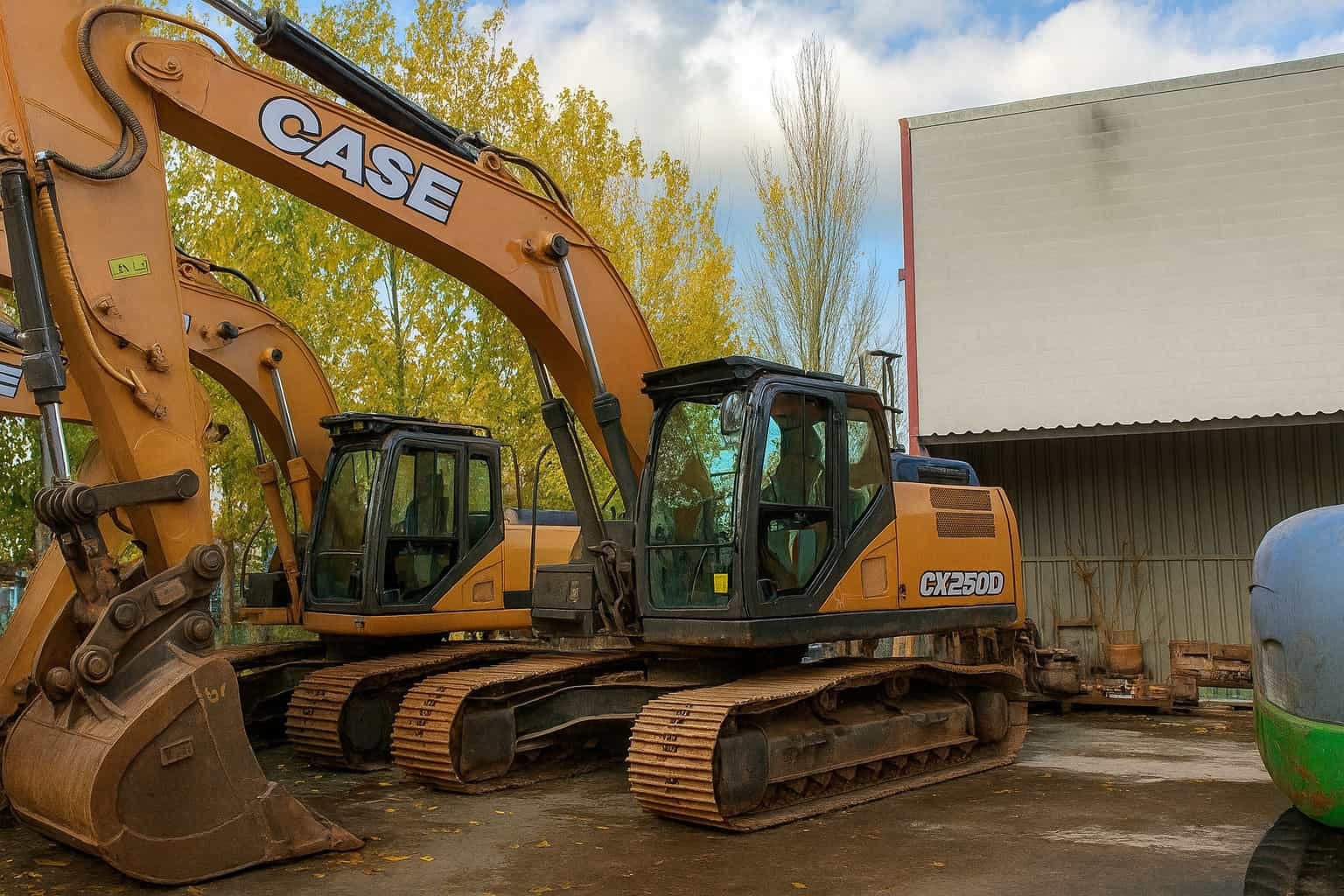What is a Hydraulic Excavator?
A hydraulic excavator is a heavy-duty construction machine that uses hydraulic fluid to power its movement and operations. It typically consists of a boom, dipper, and bucket, all controlled by hydraulic cylinders.
Key Components and Functionality:
- Boom: Extends the reach of the excavator.
- Dipper: Connects the boom to the bucket and aids in digging.
- Bucket: Scoops and moves materials.
- Hydraulic Cylinders: Use pressurized hydraulic fluid to move the arm and bucket.
Operation:
- Hydraulic Fluid Pumping: A pump pressurizes hydraulic fluid.
- Cylinder Activation: The pressurized fluid is directed to hydraulic cylinders.
- Movement Control: Cylinders extend or retract to move the boom, dipper, and bucket.
Hydraulic excavators are essential for tasks like digging, material handling, and demolition in construction and mining industries.
What is the difference between a backhoe loader and a hydraulic excavator?
A backhoe loader is a versatile, multi-functional machine with a front loader and a rear backhoe, whereas a hydraulic excavator is a specialized digging machine with a rotating cab and a single digging arm.
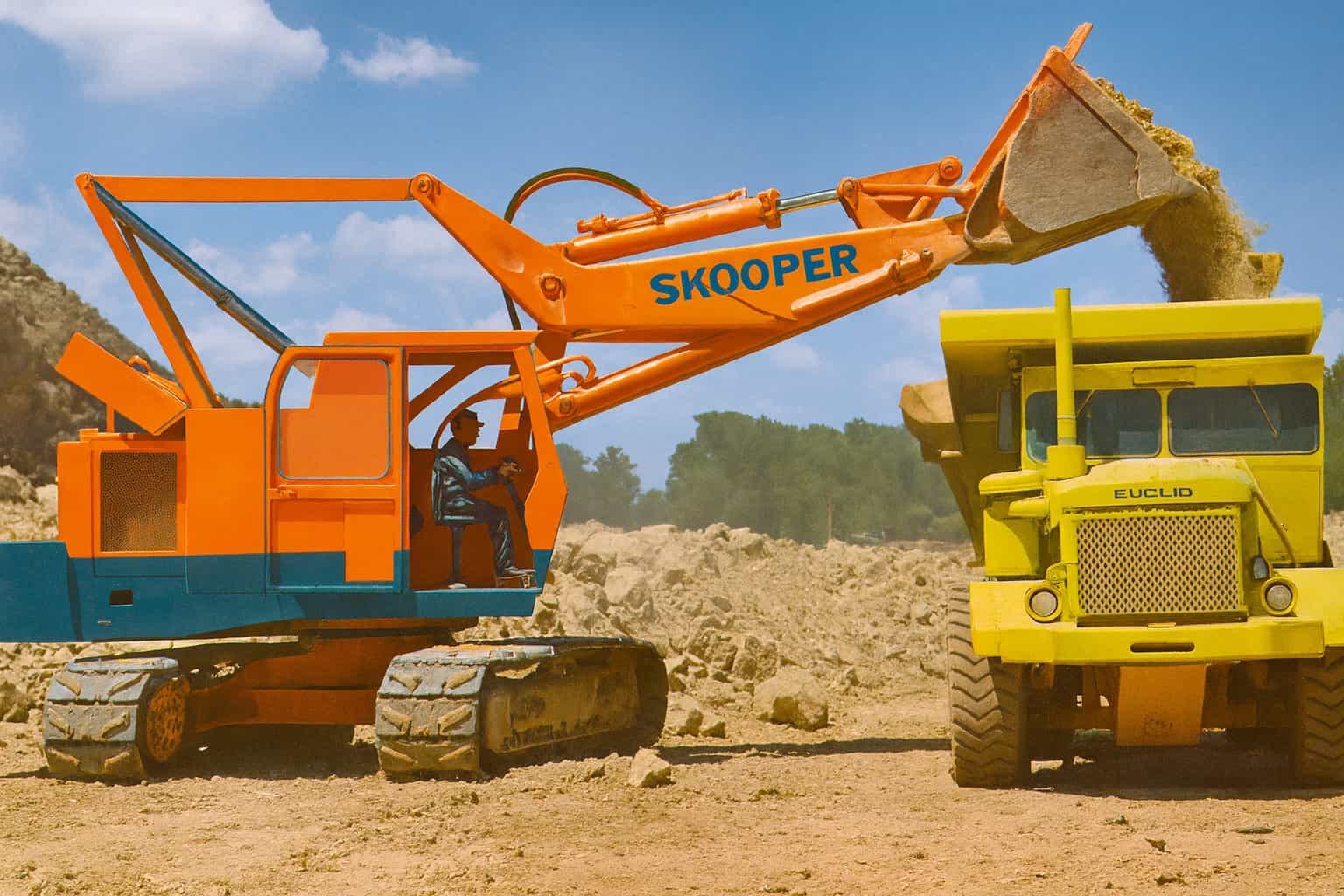
Key Differences
- Structure:
- Backhoe Loader: Combines a front loader bucket with a rear backhoe.
- Hydraulic Excavator: Features a rotating cab and a single, long arm for digging.
- Functionality:
- Backhoe Loader: Suitable for small to medium tasks, including digging, loading, and material handling.
- Hydraulic Excavator: Primarily used for extensive digging projects, demolition, and heavy lifting.
- Mobility:
- Backhoe Loader: Has wheels, making it better for road travel and versatile movement on-site.
- Hydraulic Excavator: Often equipped with tracks, providing stability on rough terrain but limiting road travel.
- Operation:
- Backhoe Loader: The operator uses different controls for the front loader and the backhoe.
- Hydraulic Excavator: The operator primarily focuses on the single digging arm, which can rotate 360 degrees.
Understanding these differences is crucial for selecting the right machine for specific construction needs.
What is the objective of hydraulic excavator?
The primary objective of a hydraulic excavator is to perform heavy-duty tasks such as digging, lifting, and moving large quantities of earth, debris, or materials efficiently. These machines are essential in construction, mining, and various industrial applications.
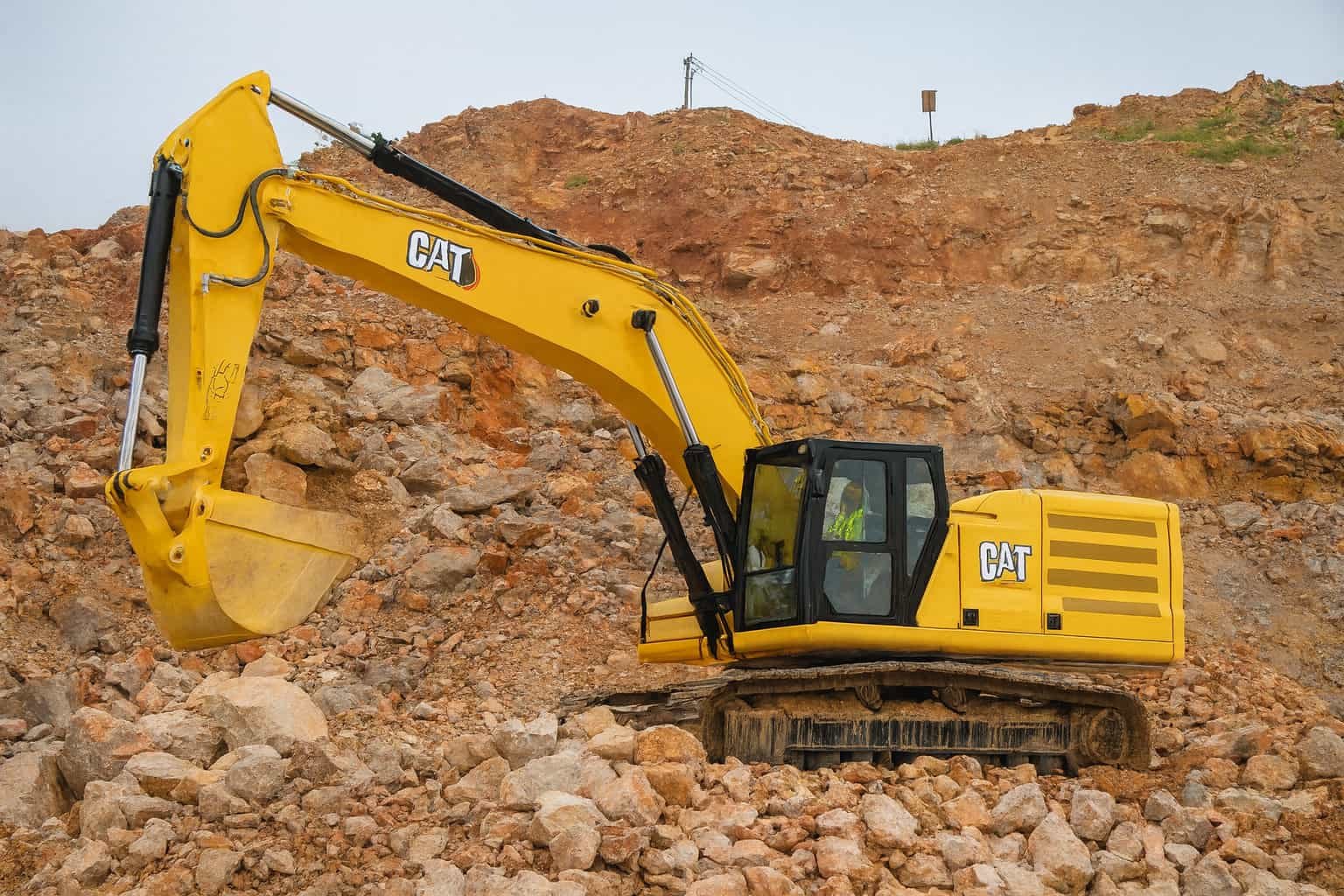
Key Functions of Hydraulic Excavators:
- Digging and Trenching: Excavators have powerful hydraulic systems that enable precise soil excavation and trenching.
- Material Handling: Equipped with various attachments, they can lift and move heavy materials.
- Demolition: Hydraulic excavators can break down structures using specialized tools.
- Grading and Landscaping: They help in leveling and preparing land for construction.
Operational Principles:
- Hydraulic System: Uses pressurized fluid to power the machine’s movement and tool operation.
- Attachments: Interchangeable tools like buckets, breakers, and grapples enhance versatility.
- Mobility: Tracks or wheels allow for movement across different terrains.
Hydraulic excavators are indispensable for their efficiency, versatility, and ability to handle demanding tasks.
What is the difference between mechanical and hydraulic excavators?
Mechanical excavators use gears, levers, and cables to operate, whereas hydraulic excavators rely on hydraulic systems powered by fluid pressure. The key difference lies in the operational mechanism and efficiency.
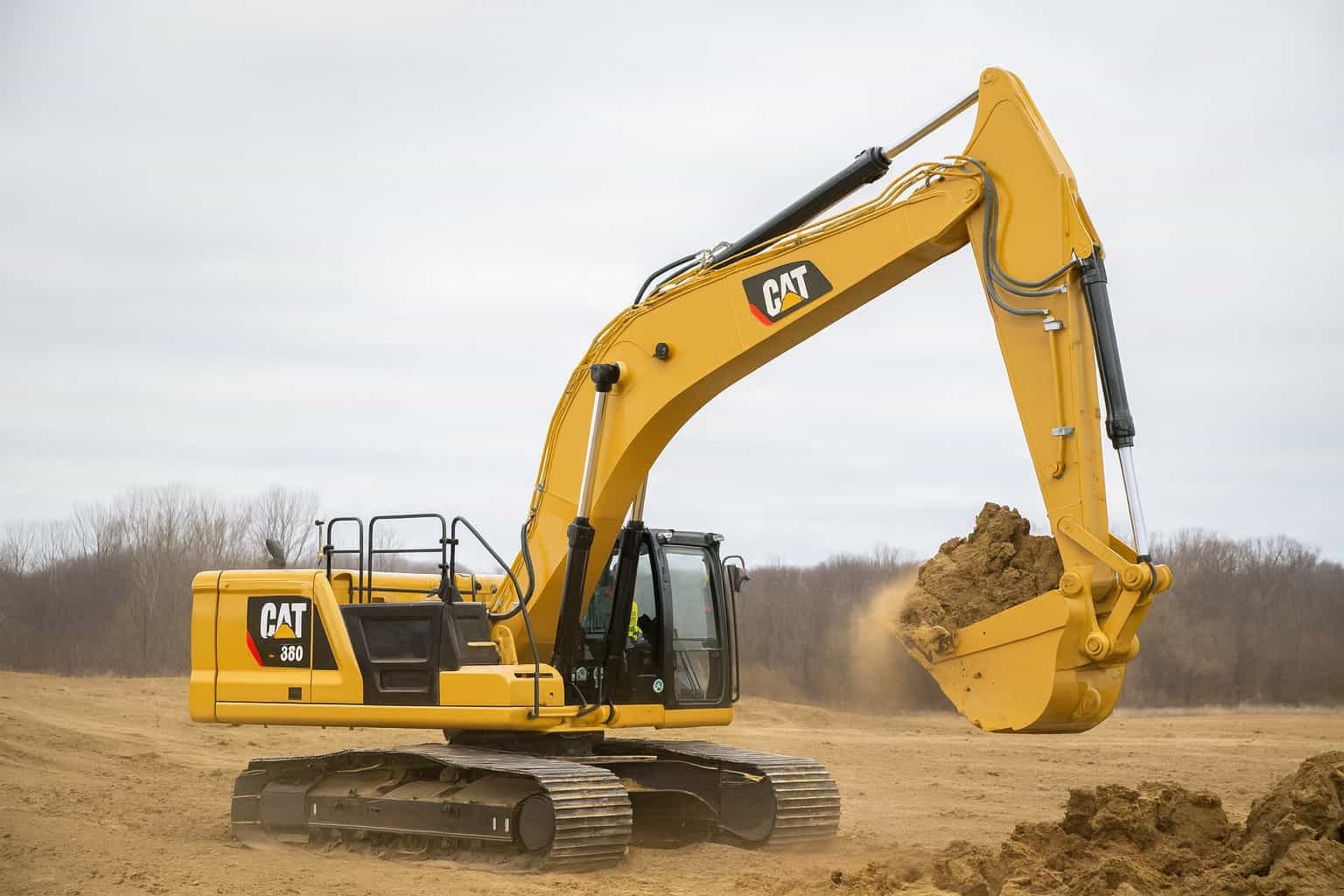
Mechanical Excavators:
- Operated using mechanical parts like gears, levers, and cables.
- Typically less efficient and slower.
- More maintenance due to mechanical wear and tear.
Hydraulic Excavators:
- Utilize hydraulic fluid and pumps to create pressure.
- More efficient and precise.
- Capable of handling heavier loads and more complex tasks.
Key Differences:
- Operation Mechanism:
- Mechanical: Gears and levers.
- Hydraulic: Fluid pressure.
- Efficiency:
- Mechanical: Slower and less efficient.
- Hydraulic: Faster and more precise.
- Maintenance:
- Mechanical: Higher due to wear and tear.
- Hydraulic: Lower, but requires fluid checks.
Hydraulic excavators are generally more advanced and preferred for modern construction projects due to their efficiency and versatility.
How Does a Hydraulic Excavator Work?
A hydraulic excavator operates using hydraulic fluid, hydraulic cylinders, and hydraulic motors to perform heavy lifting and digging tasks. Here’s a brief overview of its working mechanism:
- Hydraulic Fluid: The system uses hydraulic fluid for power transmission.
- Hydraulic Pump: This pump pressurizes the hydraulic fluid.
- Control Valves: These valves direct the pressurized fluid to various parts of the excavator.
- Hydraulic Cylinders and Motors: The pressurized fluid powers hydraulic cylinders and motors, enabling movement.
- Boom, Stick, and Bucket: These components are moved by the hydraulic system to perform digging and lifting operations.
Each part of the system works in tandem to provide precise control and immense power, making hydraulic excavators essential for construction and mining tasks.
What are the advantages and disadvantages of a hydraulic system?
A hydraulic system offers high power density and precise control, making it ideal for heavy-duty applications. However, it requires regular maintenance and can be prone to leaks.
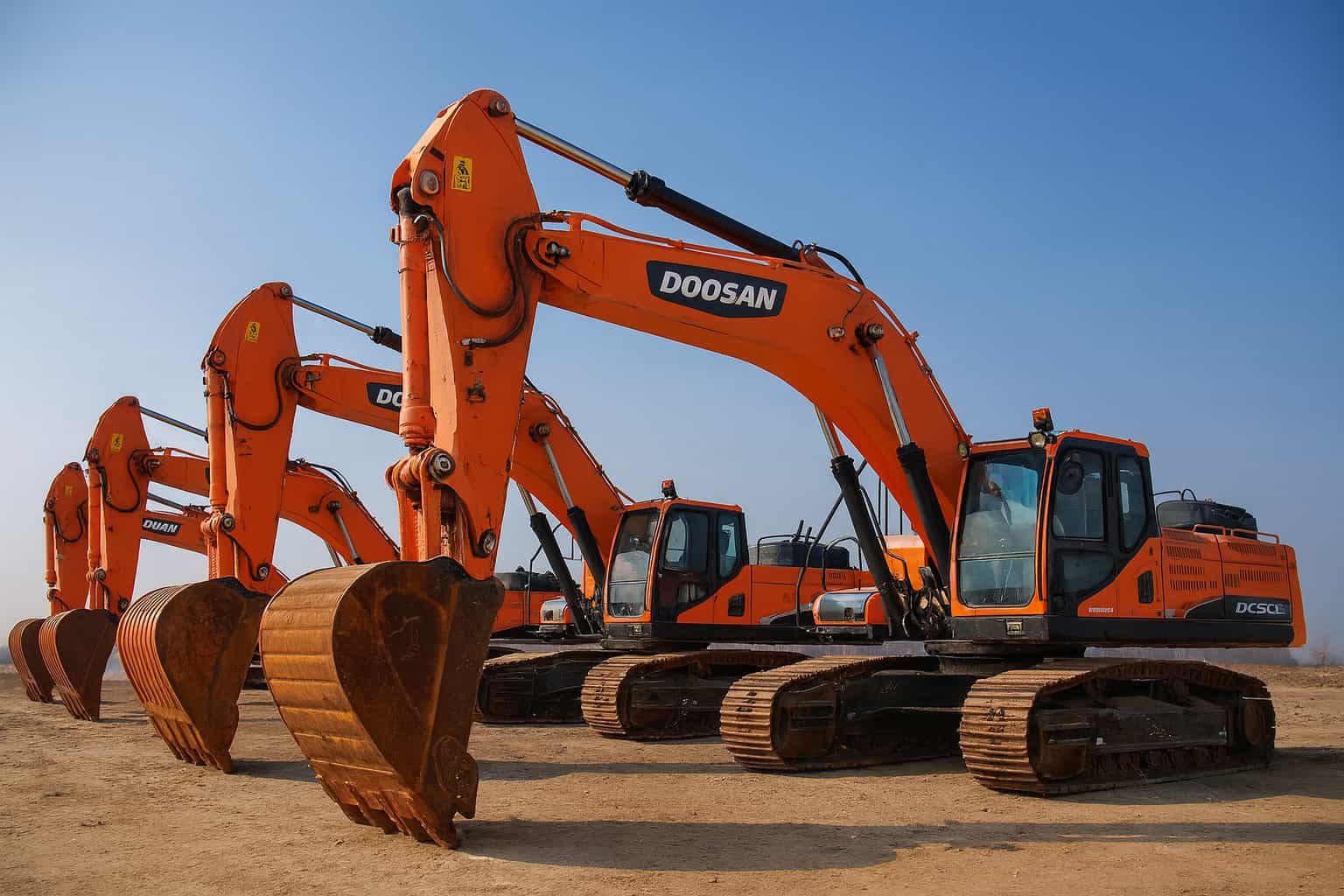
Advantages of Hydraulic Systems
- High Power Density: Hydraulic systems can transmit large amounts of power through relatively small components.
- Precision Control: They offer fine control over speed and force, crucial for applications requiring accuracy.
- Reliability: Well-maintained hydraulic systems are highly reliable and can operate under extreme conditions.
- Smooth Operation: Hydraulic systems provide smooth and consistent force and movement.
Disadvantages of Hydraulic Systems
- Maintenance Requirements: Regular maintenance is essential to prevent leaks and contamination.
- Potential for Leaks: Hydraulic fluids can leak, causing system inefficiencies and environmental concerns.
- Complexity: These systems can be complex, requiring skilled technicians for troubleshooting and repairs.
- Cost: Initial setup and maintenance can be more expensive compared to other systems.
Overall, while hydraulic systems offer significant advantages in power and control, they also come with challenges that require careful management.

